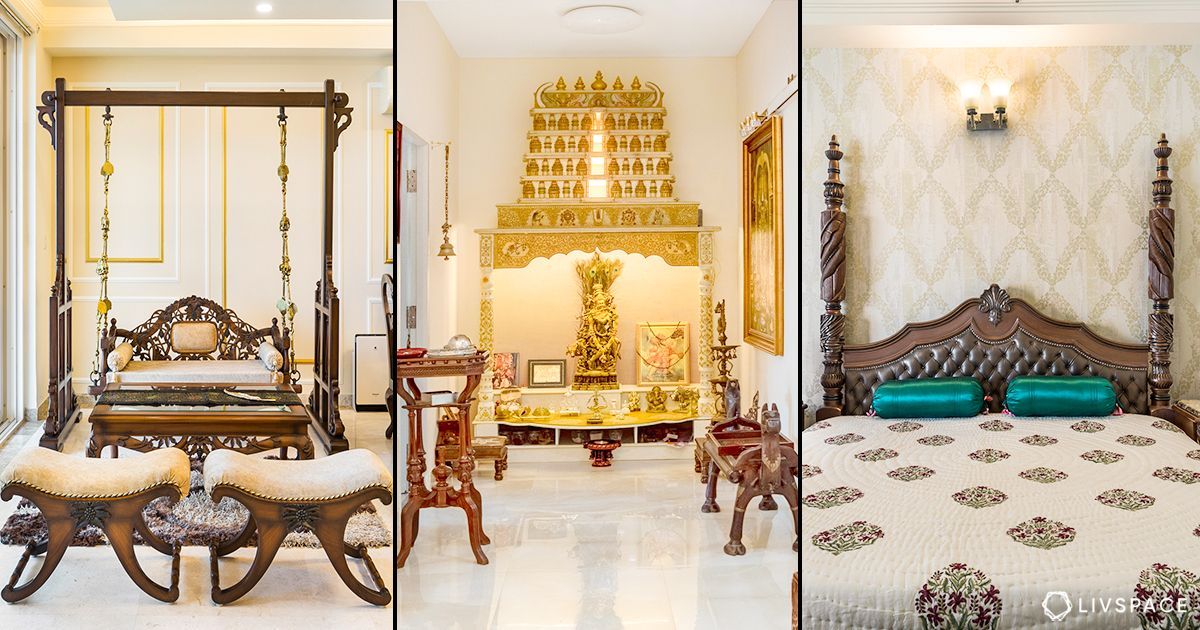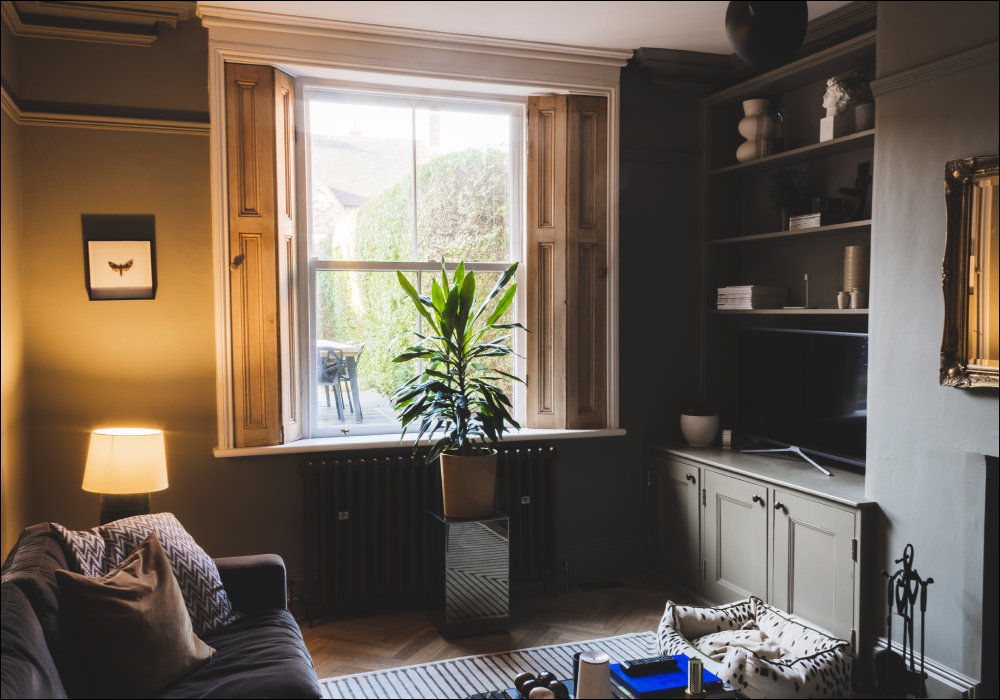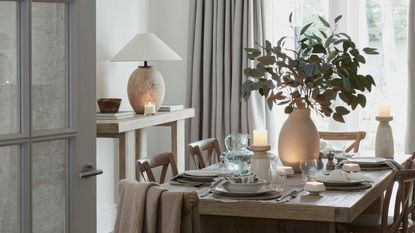To keep a north-facing room warm, use heavy curtains and insulating blinds. How To Keep a North Facing Room Warm, let’s explorer

Credit: www.houzz.ie
Insulating The Room
Insulating the room is crucial for keeping a north-facing space warm and cozy, especially during the colder months. By focusing on methods such as sealing drafts, using weatherstripping, and adding insulation, you can effectively maintain a comfortable indoor environment.
Sealing Drafts
Begin by carefully inspecting the room for any potential air leaks. Seal off any gaps around windows, doors, and electrical outlets using caulking or weatherproofing strips. These measures can significantly reduce the entry of cold air, helping to maintain a warmer atmosphere inside the room.
Using Weatherstripping
Consider applying weatherstripping to the edges of windows and doors to further prevent drafts. This flexible material creates a tight seal, preventing cold air from entering and warm air from escaping. Ensure that the weatherstripping is installed securely and replaced if it shows signs of wear and tear.
Adding Insulation
Enhance the room’s insulation by installing additional measures such as thick curtains, thermal blinds, or insulated drapes. These window treatments act as barriers against heat loss, helping to maintain a consistent temperature within the room. Additionally, consider adding rugs or carpets to the floor to provide an extra layer of insulation and warmth.
Optimizing Natural Light
When it comes to keeping a north-facing room warm, optimizing natural light can be a game-changer. By maximizing window exposure, using reflective surfaces, and installing light-colored curtains, you can make the most of the limited sunlight that enters the room.
Maximizing Window Exposure
Ensure your windows are clean and free from any obstructions that might block sunlight from entering the room. Trim any nearby trees or bushes that cast shadows on the window to allow more natural light to fill the space. Keeping the windows uncovered during the day will help maximize the amount of sunlight that filters into the room.
Using Reflective Surfaces
Reflective surfaces can be a great way to bounce natural light around the room, making it feel brighter and warmer. Placing mirrors strategically across from windows or on opposite walls can help reflect and spread the sunlight throughout the space. You can also consider using glossy or metallic finishes on furniture, as they have reflective properties.
Installing Light-colored Curtains
Light-colored curtains can optimize natural light in a north-facing room. Choose curtains made from sheer or semi-sheer materials that allow sunlight to pass through while still providing privacy when needed. Light colors like white, cream, or pastel tones help bounce light around the room, making it feel more airy and inviting.
Remember, natural light is limited in a north-facing room. By maximizing window exposure, using reflective surfaces, and installing light-colored curtains, you can create a warm and welcoming space even in the absence of direct sunlight.
Using Window Treatments
Maximize warmth and coziness in your north facing room with window treatments. Effective strategies like insulated curtains and cellular shades help insulate against the chill, creating a comfortable space for relaxation and productivity.
Using Window Treatments When it comes to keeping a north facing room warm, using the right window treatments can make a significant difference. Not only do they help insulate the space but also add a touch of style to your room. In this section, we will explore three effective window treatment options for keeping a north facing room warm: heavy curtains for insulation, thermal blinds or shades, and window film. Let’s dive in and see how each of these options can help you achieve a cozy and comfortable room.
Heavy Curtains For Insulation
One of the simplest and most effective ways to add warmth to a north facing room is by using heavy curtains. These curtains not only block out drafts but also provide an extra layer of insulation to keep the cold air at bay. Plus, they add a touch of elegance to your room. When choosing heavy curtains, opt for ones made from thick and dense fabrics like velvet or wool. Consider lining them with thermal materials for added insulation.
Thermal Blinds Or Shades
Thermal blinds or shades are another great option for keeping your north facing room warm. These window coverings are designed with a special thermal lining that helps to regulate the temperature inside the room. The thermal lining acts as a barrier, preventing heat loss and reducing cold drafts. Additionally, thermal blinds and shades can block out sunlight during the summer months, keeping your room cool and comfortable.
Using Window Film
Window film is an affordable and practical solution to add insulation and warmth to a north facing room. These transparent films are applied directly to the glass surface of your windows and provide an extra layer of insulation. The film helps to reduce heat loss in winter, keep out drafts, and even block harmful UV rays. You can choose from a variety of window film options, including those specifically designed for insulation purposes. To sum up, when it comes to making a north facing room cozy, window treatments play a crucial role. Whether you opt for heavy curtains, thermal blinds or shades, or window film, each option has its own benefits and can help enhance the warmth and comfort of your room. So, go ahead and choose the window treatment that suits your style and budget to create a cozy haven in your north facing room.
Utilizing Heat Sources
Utilizing Heat Sources is crucial for keeping a north facing room warm, especially during chilly winter months. By strategically incorporating different heat sources, you can effectively combat the cold and create a cozy environment that you can enjoy.
Installing Radiators Or Baseboard Heaters
Consider installing radiators or baseboard heaters in your north facing room. Radiators offer a traditional yet effective heating solution that can provide consistent warmth throughout the space. Baseboard heaters, on the other hand, are typically installed along the base of the walls and can efficiently distribute heat. Both options can significantly contribute to warming up the room.
Using Electric Space Heaters
Electric space heaters are a convenient and portable option for adding warmth to your north facing room. These heaters come in various sizes and styles, allowing you to select one that best suits the layout and design of your room. Place them strategically to ensure that the heat is evenly distributed, making the room cozy and comfortable.
Utilizing Overhead Or Portable Radiant Heaters
Overhead or portable radiant heaters are another effective way to heat a north facing room. Overhead radiant heaters are typically installed on the ceiling and emit heat downwards, providing a consistent and comfortable warmth. Portable radiant heaters offer flexibility, allowing you to move them to different areas of the room based on your heating needs.
Optimizing Furniture Placement
When it comes to keeping a north facing room warm, optimizing furniture placement is a key factor to consider. By arranging your furniture strategically, you can ensure proper airflow, avoid blocking radiators or vents, and even use rugs and carpeting to provide floor insulation. In this section, we will explore these three aspects in detail to help you make your north facing room cozy and comfortable.
Avoiding Blocking Radiators Or Vents
One of the first things you should keep in mind when optimizing furniture placement in a north facing room is to avoid blocking radiators or vents. Radiators and vents are essential for distributing heat throughout the room, so blocking them can significantly reduce their effectiveness and leave your room feeling chilly.
To prevent this, make sure to arrange your furniture in such a way that it doesn’t obstruct the flow of warm air. Keep furniture pieces, like sofas and beds, at a reasonable distance from radiators or vents. If possible, leave a gap of at least a few inches to allow heat to circulate freely. By doing so, you can ensure that the warm air can reach every corner of the room and provide the much-needed comfort.
Arranging Furniture To Promote Airflow
In addition to avoiding blocking radiators or vents, arranging your furniture to promote airflow is another effective way to keep a north facing room warm. Proper airflow helps distribute the warmth evenly, preventing cold spots and maintaining an overall cozy atmosphere.
Start by placing your furniture away from the walls, creating a gap between the furniture and the wall. This allows the warm air to circulate around the room instead of getting trapped behind the furniture. Additionally, consider arranging your furniture in a way that does not create obstacles in the middle of the room. Arrange them to form pathways that enable the warm air to flow freely.
Using Rugs And Carpeting For Floor Insulation
Another effective approach to keep a north facing room warm is by using rugs and carpeting for floor insulation. Cold floors can make the entire room feel colder, and adding an extra layer of insulation can make a significant difference in maintaining warmth.
Place rugs or carpets on the floor, especially in areas where you often walk or sit. Not only do they provide insulation against the cold, but they also add a cozy touch to the room. Opt for thicker rugs or carpeting materials that provide better insulation properties. By doing so, you will not only enhance the comfort level of the room but also make it visually appealing.

Credit: www.livspace.com

Credit: coatpaints.com
Frequently Asked Questions Of How To Keep A North Facing Room Warm
How To Make A North Facing Room Warm In Winter?
To make a north facing room warm in winter, try using thick curtains, insulating the windows, and adding rugs for extra insulation.
What Are The Best Colors For A North Facing Room?
The best colors for a north facing room are warm and inviting tones like creams, whites, and light pastels to maximize the natural light.
Can Furniture Placement Affect The Warmth Of A North Facing Room?
Yes, strategically placing furniture near the windows can help create a barrier against the cold drafts and ultimately make the room feel warmer.
Are There Any Heating Options Specifically Designed For North Facing Rooms?
Yes, investing in a radiant heating system or using space heaters can be effective heating options for north facing rooms as they provide direct warmth.
Conclusion
Keeping a north facing room warm requires utilizing the right heating solutions and insulating techniques to maintain a comfortable environment. By choosing the appropriate window treatments, using draft stoppers, and arranging furniture strategically, you can make a significant difference in the temperature of your space.
Additionally, incorporating rugs, thermal curtains, and adding extra layers can contribute to a warmer atmosphere. Overall, implementing these tips will help you create a cozy and inviting north facing room.










